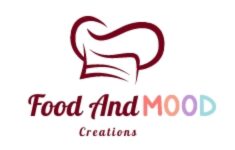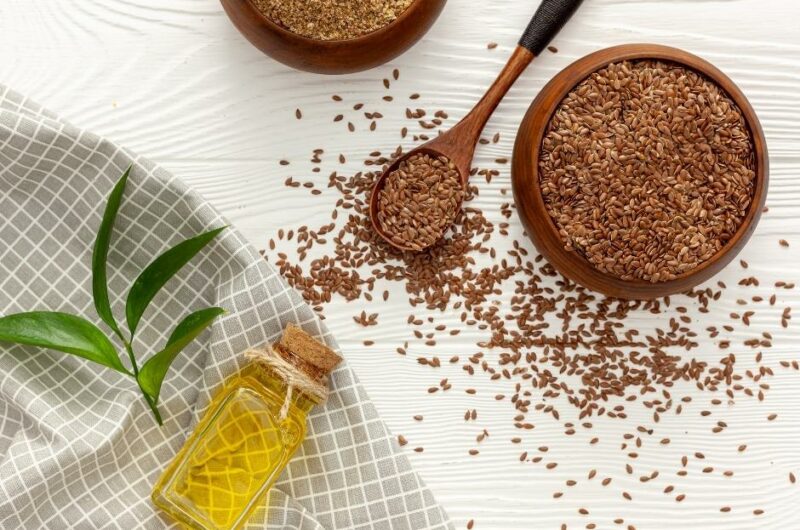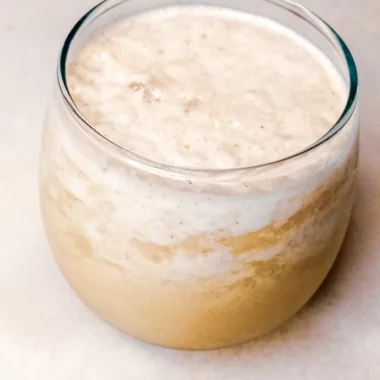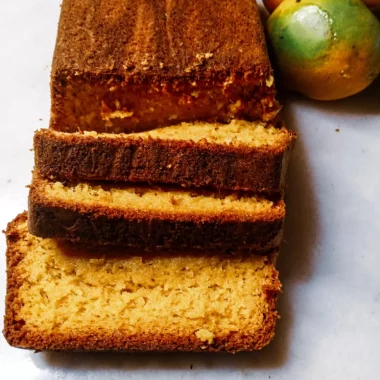Although gluten-free baked goods taste amazing, there is a difference between traditional baked goods and gluten-free ones: gluten.
If you’ve been gluten-free for more than a week, you’ve probably tried converting your favorite cake or bread recipe into a gluten-free one. Therefore, you learned that all flours do not behave the same way.
The truth is that some gluten-free flours can be a hit or miss. Sometimes they successfully replicate your favorite waffle recipe, and others fail to recreate your favorite bread recipe. This is where binders come in. However, before we discuss binders, let’s discuss gluten’s role in baking.
What Exactly Is Gluten
Gluten is a protein. It naturally occurs in wheat, spelt, barley, and rye.
Gluten binds baked goods together and gives them a light, airy texture. For example, gluten develops as bread dough is mixed, giving it an elastic and stretchy texture.
Therefore, you must find binders for gluten-free baked goods if you want them to have the same texture as their wheat counterparts.
What Are Binders
Binders bind protein and starch molecules to stabilize baked goods and give them structure. Since gluten-free flours can’t bind protein and starch molecules together, binders are used to create and reinforce protein bonds in gluten-free flours.
8 Best Binders For Gluten-Free Baking
Binders are like cement that bonds building materials together. They bind the ingredients together to create a delicious mass of cake or bread and prevent them from falling apart when you touch them.
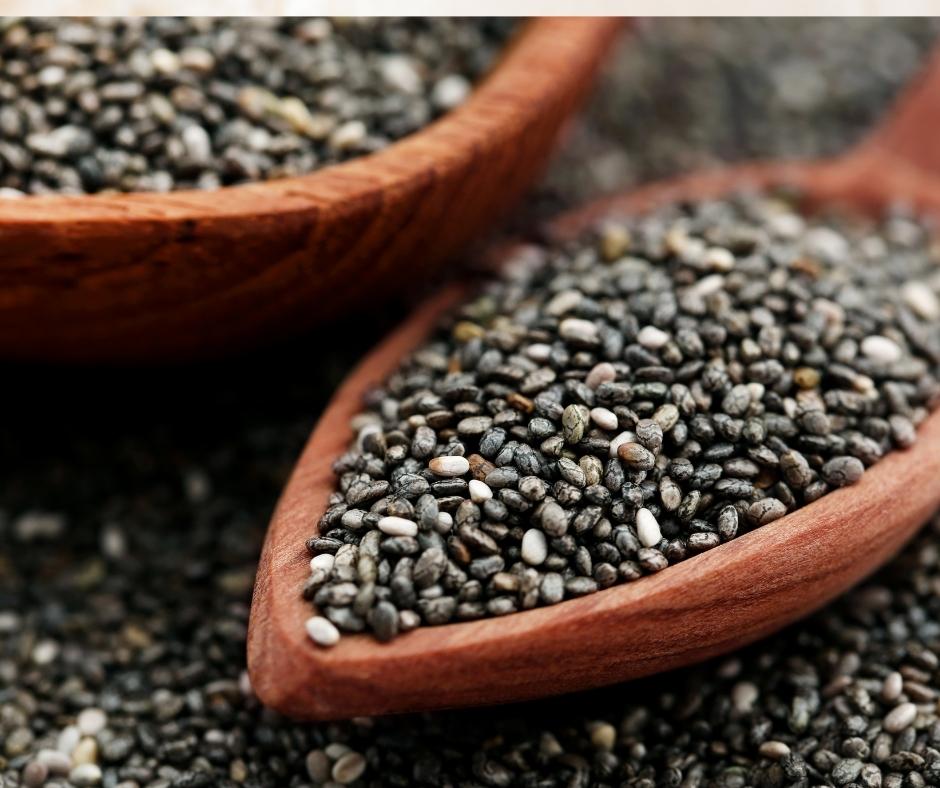
Chia Seeds
Chia seeds are the fruit of the Salvia hispanica flowering plant. They are a member of the mint family.
Chia seeds have mucilaginous effects, which means its perfect for gluten-free baking. Not only do chia seeds add structure to gluten-free baked goods, but they also act as a natural binding agent.
Store chia seeds in an airtight container. You can store the chia seeds at room temperature. However, it’s best to store chia seeds in the refrigerator.
Xanthan Gum
Xanthan gum is a commercial thickener that binds ingredients in shampoos, adhesives, and gluten-free baked goods. Xanthan gum is produced by adding the bacteria Xanthomonas campestris to sugar.
It is fermented, resulting in a goo-like substance. The substance is mixed with alcohol, then dried and ground into a powder.
Xanthan gum gives gluten-free baked goods structure and helps them last longer. However, not everyone reacts to xanthan gum the same way. Xanthan gum can cause some people to experience digestive issues.
Store xanthan gum in a cool, dark place like the pantry. If you reside in a hot climate, it’s best to store the xanthan gum in the fridge or freezer. Xanthan gum has a shelf life of 3 years.
Nonfat Milk Powder
Nonfat milk powder is a shelf-stable dairy product created by dehydrating milk. Nonfat milk powder is an emulsifier that gives baked goods structure by helping protein and starch molecules hydrate faster and expand.
In addition to this, the non-milk fat powder provides baked goods with a dairy flavor. The milk protein lactose and milk protein in the non-milk fat powder also help brown baked goods.
Guar Gum
Guar gum is produced from guar seeds. It is a fiber-rich substance used as a thickener and a laxative.
Guar gum is an excellent substitute for xanthan gum. Guar gum adds structure to baked goods, giving them a slightly starchy flavor. However, some people prefer to exclude guar gum from their gluten-free baking.
Store guar gum in an airtight container in a dark place. Guar gum will last for 3 years.
Like guar gum, psyllium husk is also an ingredient in laxatives. Psyllium husk is derived from a shrub-like herb called Plantago ovata.
Modified Tapioca Starch
Most people believe tapioca flour or tapioca starch is the same as modified tapioca starch. Modified tapioca starch is a chemically altered substance. Therefore, it cannot be substituted for tapioca starch or flour.
Modified tapioca starch is a thickening agent that gives gluten-free doughs elasticity and structure. Essentially, it makes shaping gluten-free dough into bread or rolls easier.
Sadly finding modified tapioca starch is not easy. Most stores do not carry this product.
Therefore, the Internet is the best way to find modified tapioca starch. There are two primary modified tapioca starch brands: Ultralex and Expandex.
Modified tapioca starch should be stored in an airtight container in a cold, dry place, out of direct sunlight.
Flaxseeds
Flaxseeds are derived from the flax plant. Flaxseeds are also called linseeds and are ground into a meal.
Like chia seeds, flaxseed creates a thick gooey gel when combined with water. This thick mucilaginous gel adds structure to gluten-free baked goods and helps bind the ingredients together. Additionally, flaxseeds are used in vegan baking to replace eggs.
Store flaxseeds in an airtight container in a cool, dry place away from direct sunlight. You can also store the flaxseeds in the fridge to increase their shelf life.
Eggs
Eggs are a staple ingredient in gluten-free baked goods. They help gluten-free baked goods rise and act as a binding agent. This is why recipes such as coconut bread and keto cinnamon bread include additional eggs.
In addition to this, you may also notice recipes that call for extra egg yolks. Egg yolks contain a substance called lecithin, a popular binding agent.
Egg whites mainly consist of protein. However, egg whites form a sticky mixture when combined with other ingredients.
For example, coconut macaroons consist of shredded coconut, sweetener, and egg whites. The egg whites bind the macaroons together.
In addition to this, egg whites can act as a leavener. For example, eggs are used to emulsify the ingredients in a chiffon cake. However, the egg whites are whipped separately and then folded into the batter to add tiny air bubbles, which helps the cake rise.
The only downside of using eggs as a binder is that too many eggs can give gluten-free baked goods a strong eggy flavor. Therefore, it’s essential to find the perfect ratio of eggs that will help bind the ingredients together without giving the baked goods an overly eggy flavor.
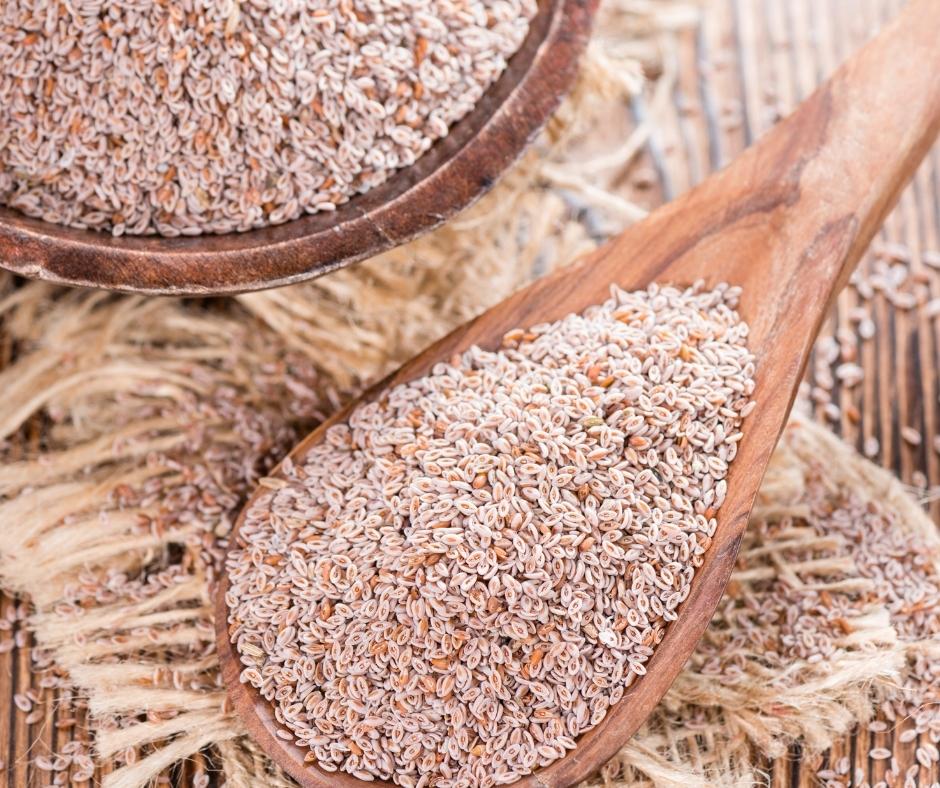
Psyllium Husk Powder
Psyllium husk powder forms a thick substance when mixed with liquid. It creates a stable network of proteins found in gluten-free flour. Additionally, psyllium also adds a wheat-like flavor to baked goods. Although a wheat flavor is unwanted in muffins and cakes, its psyllium is perfect for making bread or pizza dough.
The only drawback of psyllium husk is that a larger amount is needed to give baked goods structure. In addition to this, psyllium husk does not work for all gluten-free baked goods.
Psyllium husk should be stored in a dry, cool place away from direct sunlight.
Whey Protein Isolate
In short, whey protein isolate is unflavored protein powder. It has a high ratio of a milk protein called casein. Casein acts like an adhesive for dough.
It emulsifies and stabilizes the ingredients while the whey proteins form a gel which adds structure and elasticity to the dough. There are many flavors of whey protein. However, it’s best to stick with unflavored whey protein that has a neutral flavor for gluten-free baking.
More Baking Guides:
A Guide To Baking With Hazelnut Flour
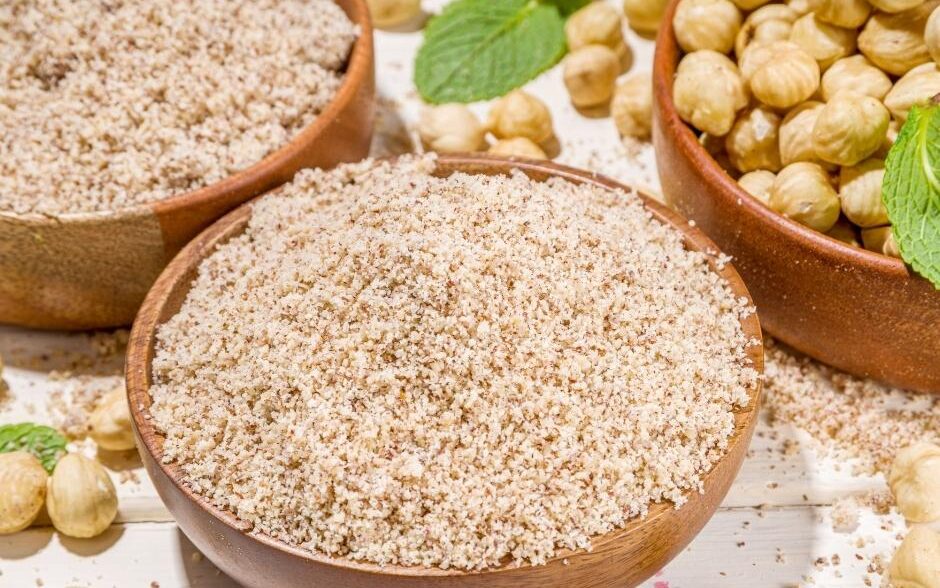
How To Make Oat Flour
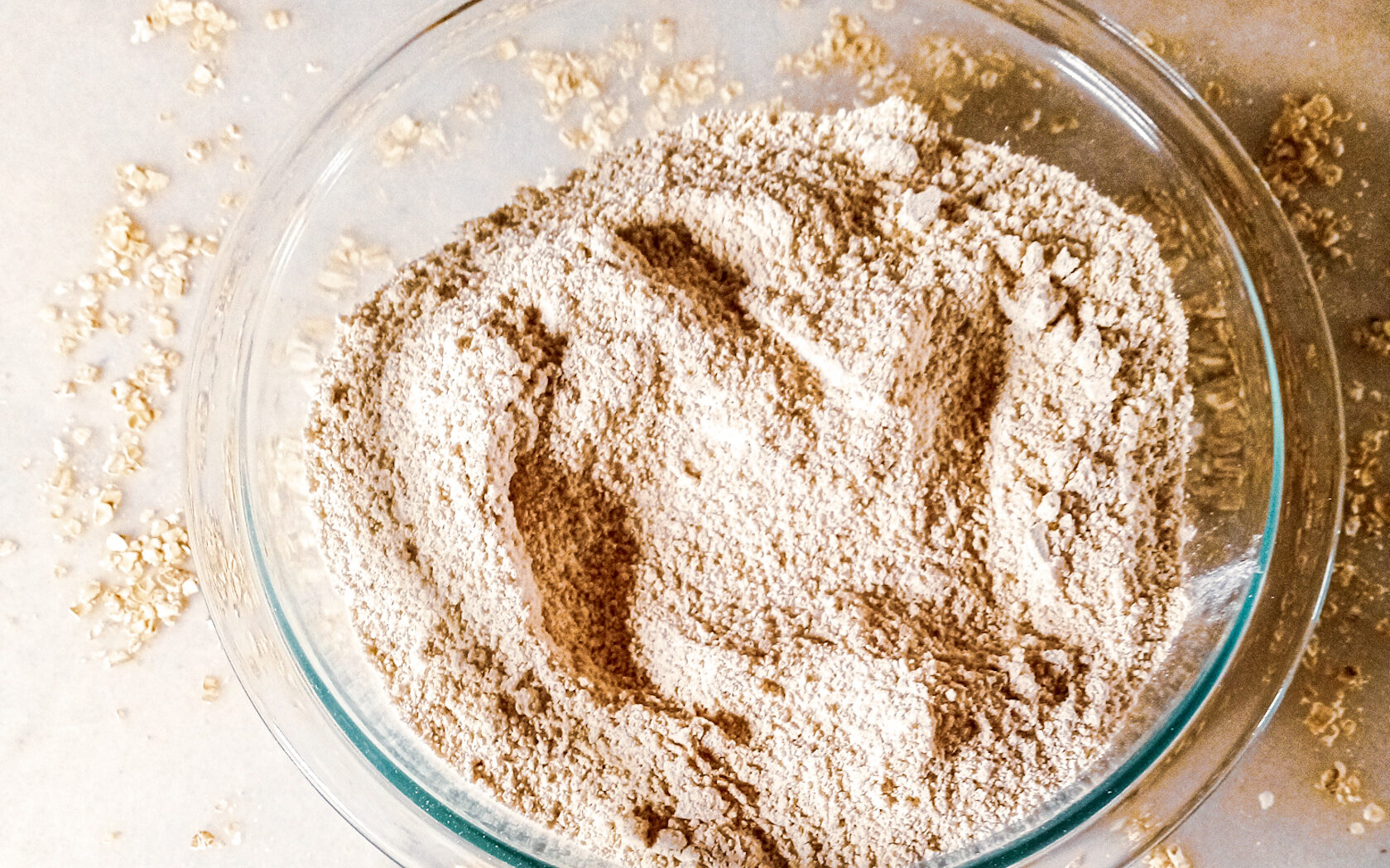
Baking With Coconut Flour
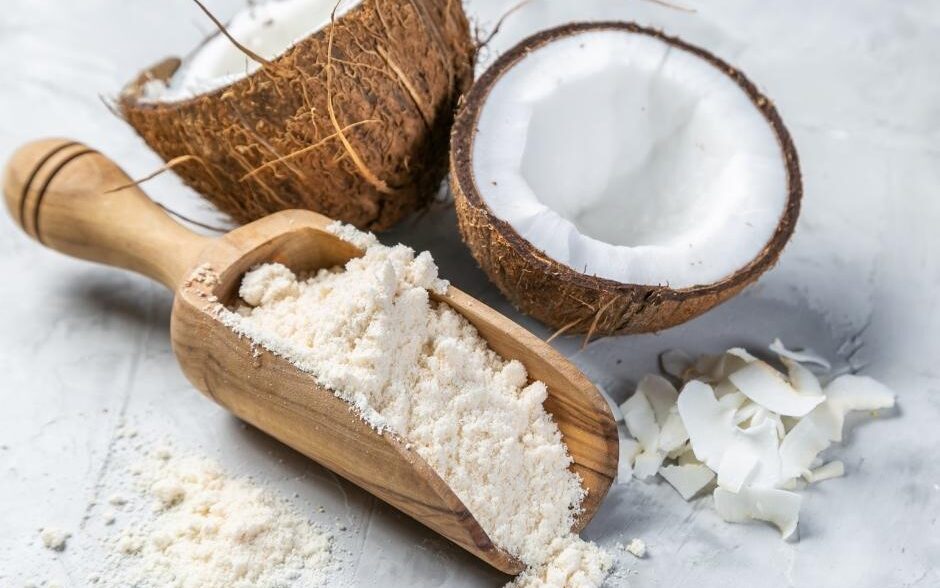
In Summation
Binders are a staple in gluten-free baking. Unfortunately, I had many failed gluten-free recipes before I even knew what a binder was. Luckily you won’t have the same problem I did now that you know what the best binders for gluten-free baking are.
